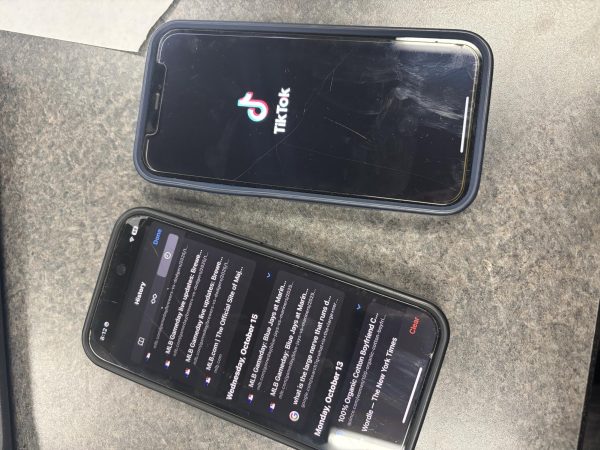Government Shutdown 2019: What You Need to Know
Currently, our country is in the midst of a 32 day partial government shutdown that has cracked up to be the longest one in U.S. history. Here are all of your questions about the shutdown answered:
What is a partial government shutdown?
A government shutdown happens when the funding appropriations made by Congress meet their continuing resolution deadlines. Basically, this means that the budget legislation Congress wrote a continuation on ran out of time. Congress failed to make new full-year appropriations in time for the continuing resolution deadlines. When the government shuts down, federal agencies must cancel all non-essential functions until new budget legislation is passed.
Why did the government shut down?
Trump wants to gather $5.7 billion to pay for the wall on the U.S.-Mexico border, but the Democrats oppose the building of the wall and refuse to allow that amount of money to be taken out of government funds. Trump has said he will veto any legislation that plans to use government funds for anything other than the wall. He has more recently proposed to offer temporary protection for some immigrants in exchange for the $5.7 billion for the wall.
How long will the shutdown last?
As of now, nobody knows when President Trump and the government will come to an agreement. Trump currently does not want to pass any legislation regarding money, unless it concerns the money he requested for the wall. However, it has been said that Trump may declare a national emergency to bypass Congress to get the funding he wants.
What does the shutdown mean for federal workers?
On January 11, government workers missed their first full paychecks. They are about to miss their second full paychecks this week. Around 380,000 employees are required to stay home, and 420,000 others are forced to work without pay. Fortunately, Congress has passed legislation that would allow back pay for federal workers that have been granted a leave of absence. Trump has agreed to sign off on this legislation.
What federal programs are still functioning?
The programs that are still functioning in the government are social security, medicare, medicaid, postal service, veterans hospitals, food stamps, the military, TSA, border patrol, and Washington D.C. Places that might be affected by the shutdown are national parks, museums, IRS, state department services, and environmental/food inspections.
President Trump may also have to change the date of the State of the Union address (January 29th) due to concerns of lack of security because of the shutdown. Nancy Pelosi, the Speaker of the House, plans to postpone the State of the Union Address until after the shutdown is over.
For families affected by the shutdown, there are resources available at school: Families can fill out a Free/Reduced Meal application if affected by loss of work. Other resources are available on the web.
To get live updates and more information about the shutdown, visit https://www.cnn.com/politics/live-news/government-shutdown-month-2019/index.html
Source: CNN, Committee for Responsible Federal Budget, Vox








